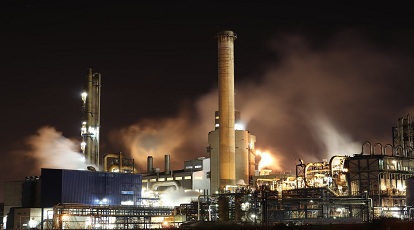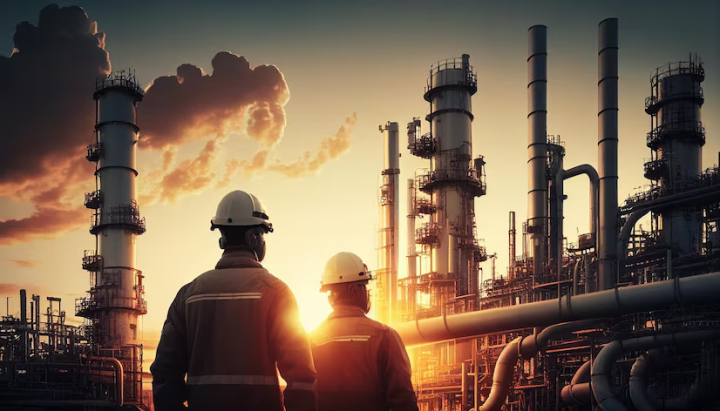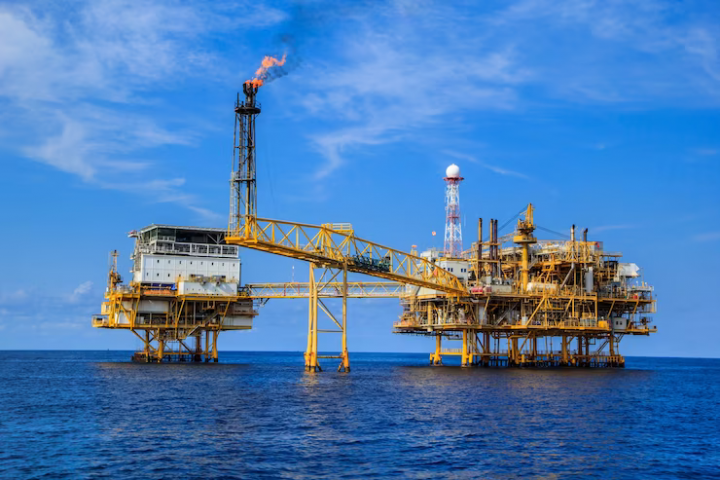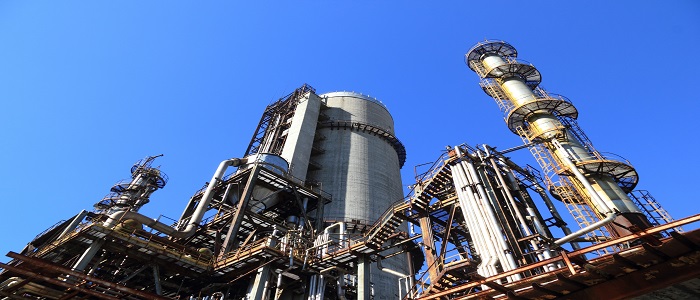There is no doubt in the fact that petrochemical production across the globe is never going to stop. In fact, we can just say that the demand is ever increasing. This not just gives rise to more and more companies in this sector but also drives them to be at the top of their kind. It has consequently generated a need for the best drilling and production equipment. Therefore, a lot of Oil and gas production suppliers have emerged in recent times. What tools would you ask? That is exactly what we are going to answer in this blog. You can also expect to read about the fundamental process of extracting the crude up until its refining.
Let us first have an overview of the procedure. In order to extract the crude, the first step is to find a reliable source with an ample amount of petroleum. Once there is a source, the hard earth needs to be drilled out. This is looked after by the upstream industry. After drilling, crude is taken out and stored as well as transported to the processing unit. The storage and transit operations are carried out by midstream companies. Once transported, crude is separated and refined into usable products.
We shall look into the machinery required at different steps.
1 ) Pipeline – First off, pipes are utterly important to carry the extracted petroleum out. This transports the oil and gas to the well and then to the tank. Pipes are composed of strong metals like stainless steel as the crude contains gases and other materials that can react and corrode the pipe. High strength and anti-corrosive piping save the cost of frequent maintenance and repairs.
2 ) Valves – These are imperative to control the rate of flow of crude oil. Not just during the production, the valves are an essential part of transport units and refineries as well. They serve as a leak-proof seal during transit and hence, have a key role in midstream hydrocarbon operations. They are supplied in both stainless steel as well as resilient plastic. Different varieties of valves are available such as control, stop check, ball check, inline valves and several others. These are used across all three phases of hydrocarbon processing for various purposes.
3 ) Tanks – These are intended to be used for the storage of liquid and gaseous substances. There are a plethora of vessels available as a storing unit. Both oil and gas are stored in different containers as gases need to be kept in pressure tanks.
4 ) Heat exchangers – This is one of the most important pieces of equipment in the downstream undertakings. They are utilized during the refining process during oil separation. These work by applying heat or cold to the moving natural gas and liquid. There are several types of heat exchangers and they differ in their structures. Check out Oil & gas production manufacturers online on enggpro.
5 ) Furnace – Ever thought about what generates heat in the first place? There are furnaces for that purpose. In order to initiate a reactor and to enable the gas to move, a certain temperature is needed. Furnace combusts various substances to raise the temperature.
6 ) Pumps – To enable crude to move faster, pumps are necessary. They make the operations faster and speed up the process. Various kinds of pumps are used at different stages-
- Oil pumps – These are used to carry the oil from the well. Such motors work when there is an abundant amount of petroleum and hence, pressure needs to be created to pull out the liquid.
- Petrochemical pumps – Are utilized to filter out chemicals used during upstream operations. After the filtration, the crude is allowed to store in storage units.
- Positive displacement pumps – These use the principle of positive displacement which is to say the crude liquid moves from higher volume to the space of lower volume( a vessel or container)
- Centrifugal pumps – They work on the foundation of centrifugation forces. Such forces create negative pressure and suck out the liquid. These are one of the most frequently used types of pumping equipment.
7) Separators – Such equipment is employed to separate the crude into liquid petroleum and natural gas. They are operated at the time of upstream towards midstream procedures. Separators sort out both liquid and gas differently while they are being lifted from the well.
8) Compressors – Such machines compress gas in order to enable their movement for transit.
9) Hoses – Hose is used for several purposes across the upstream petroleum sector. It is employed in carrying water, muddy liquid, pumping fracking fluid to the drilling site and so on.
With a rising requirement of various equipment across all industries of the hydrocarbon sector, there has been a demand for durable, low-maintenance machinery that works efficiently. Enggpro is a supply chain management platform with a number of reputable oil and gas production suppliers listed on it.



